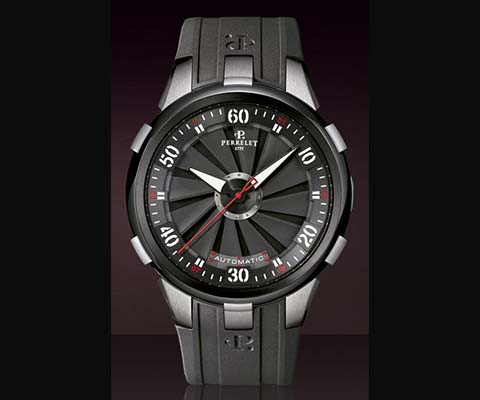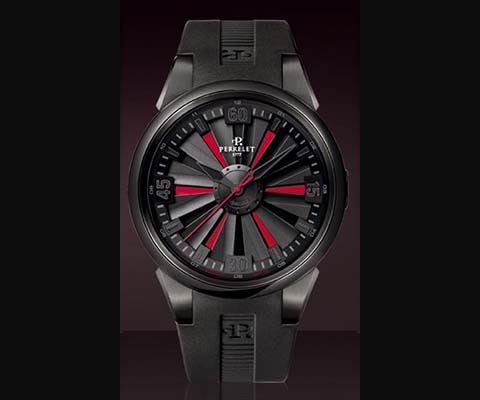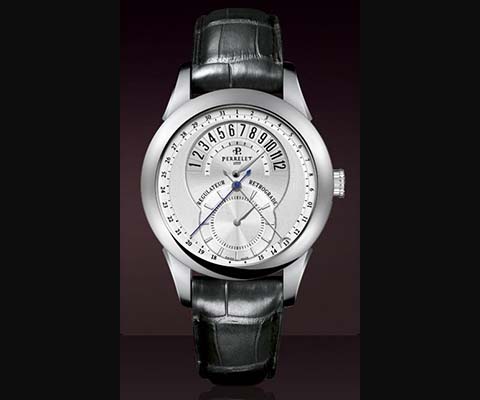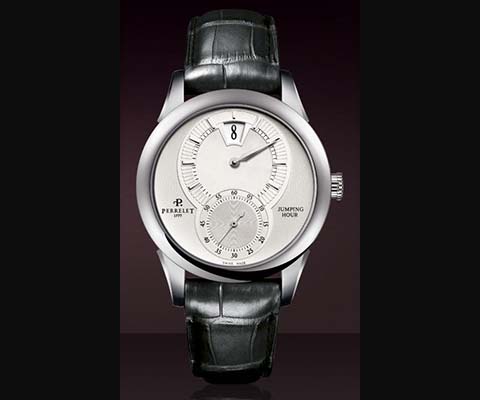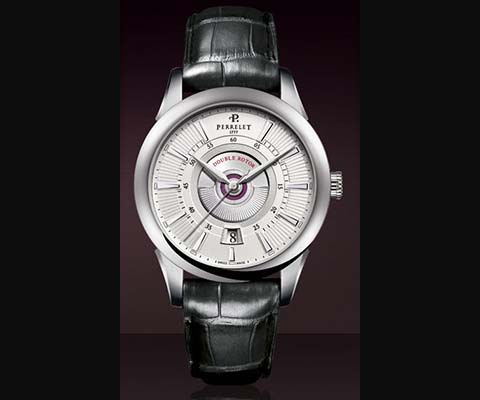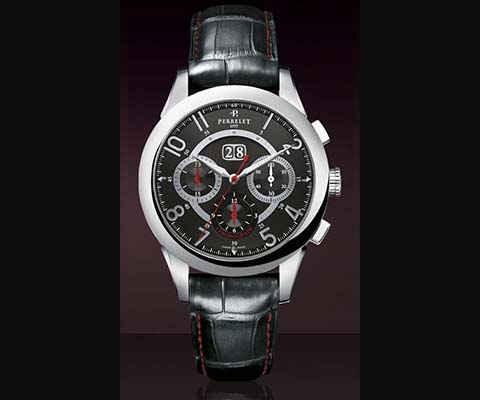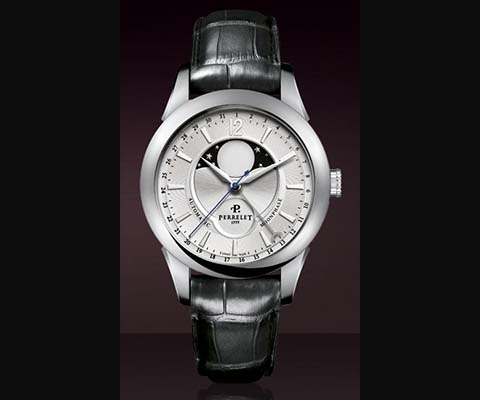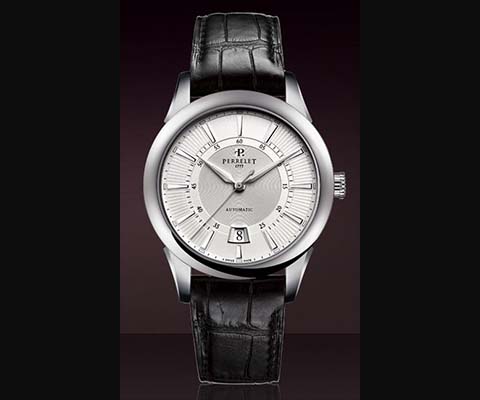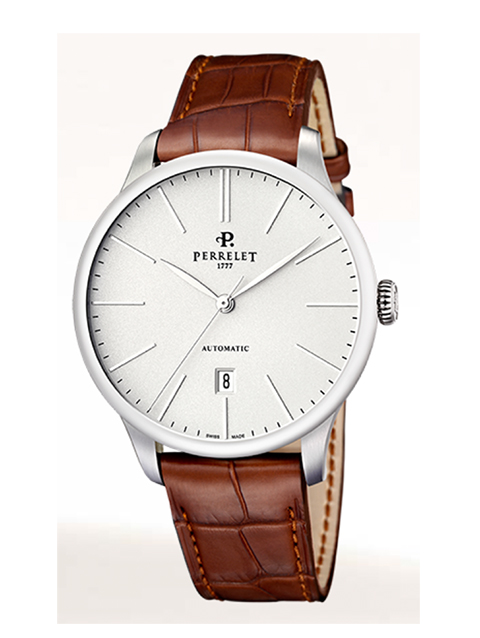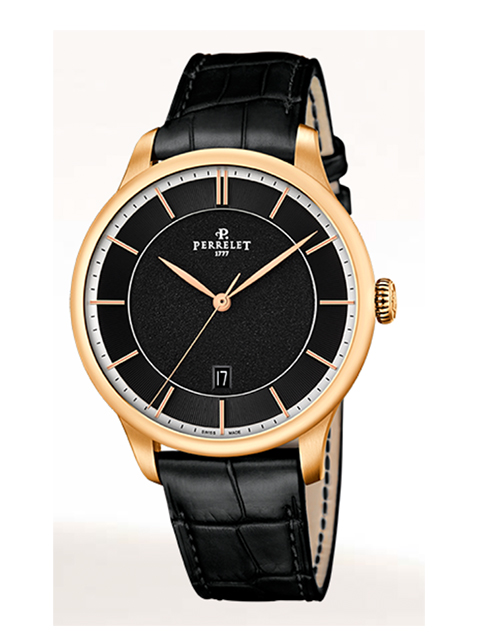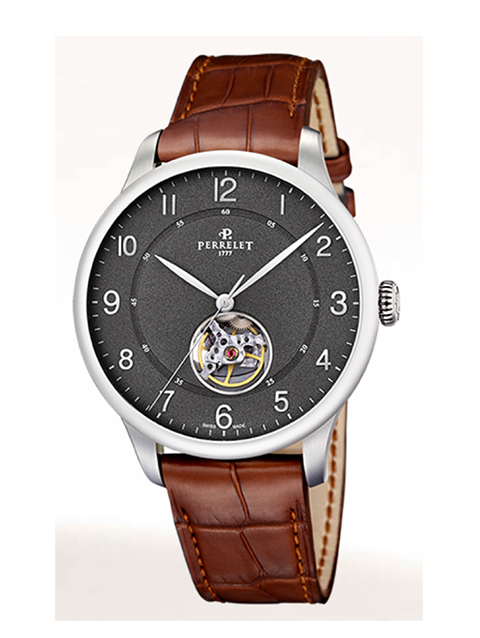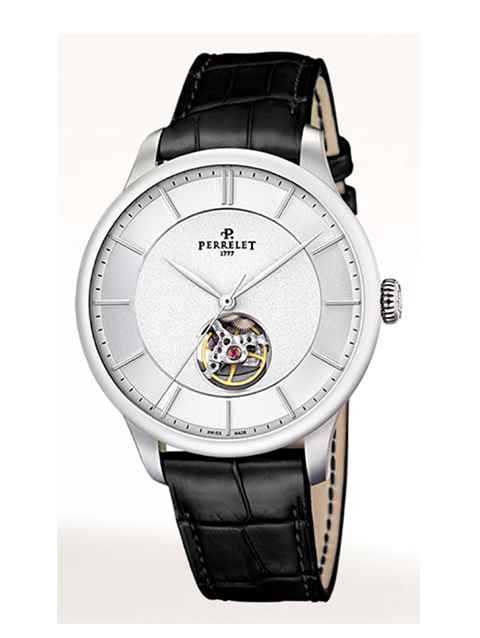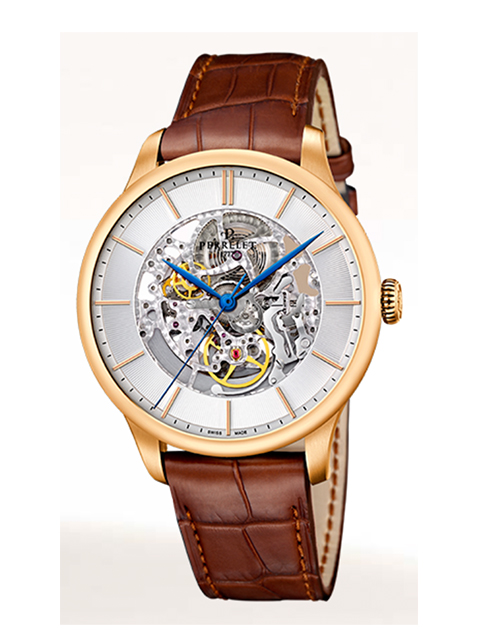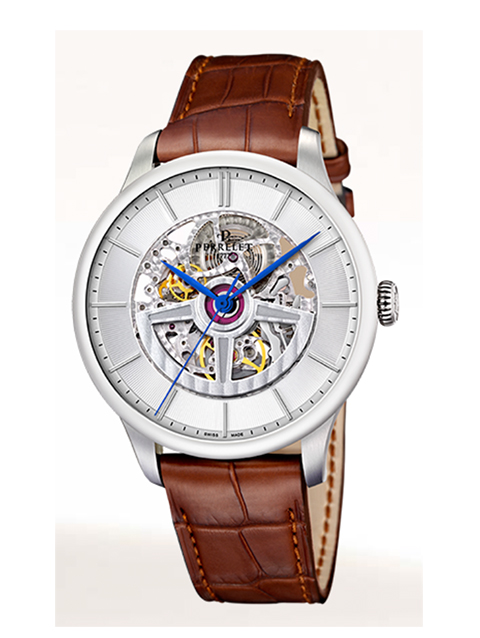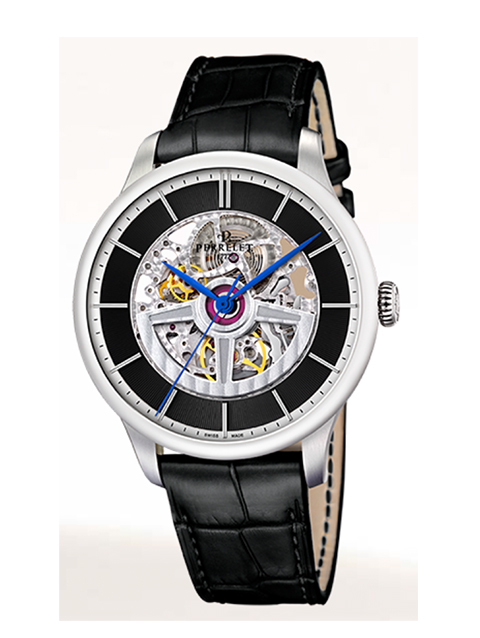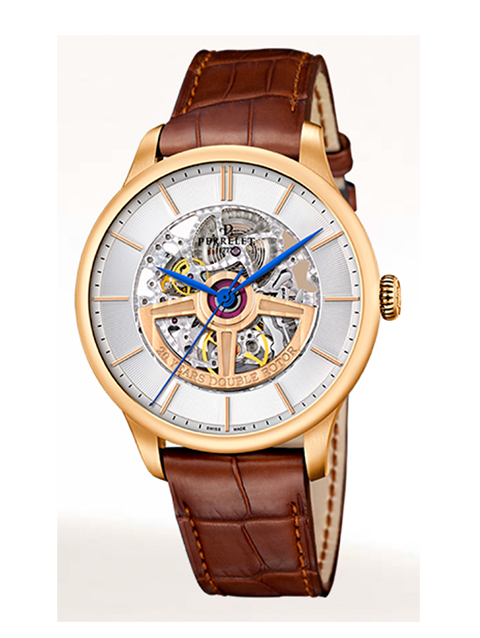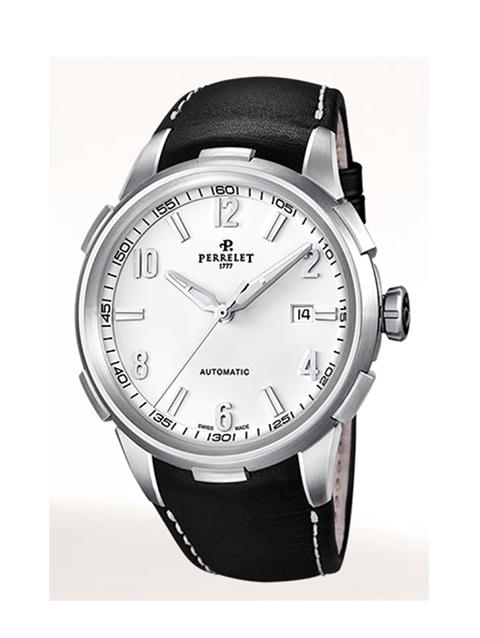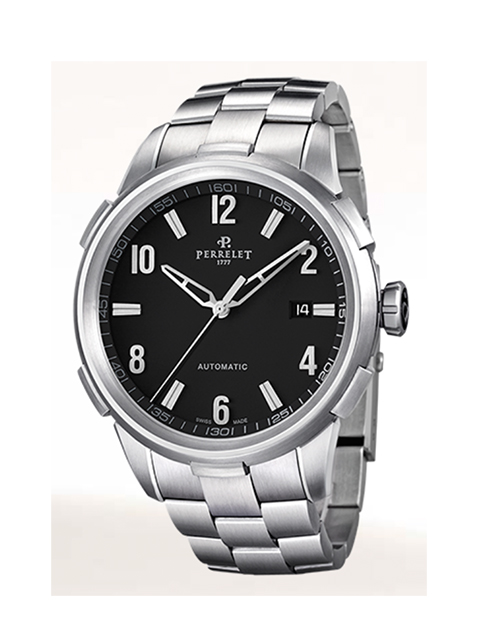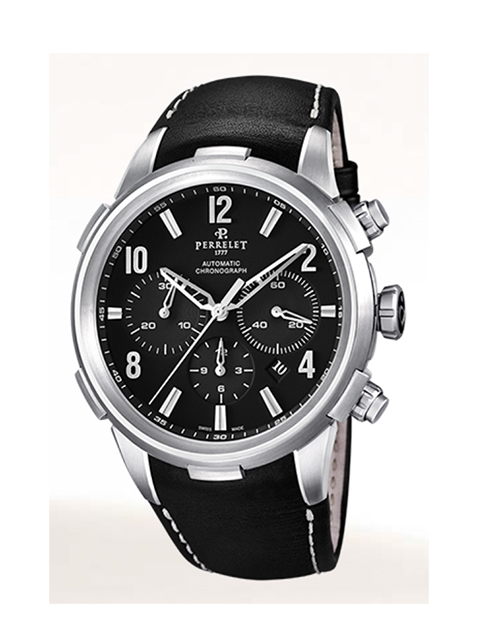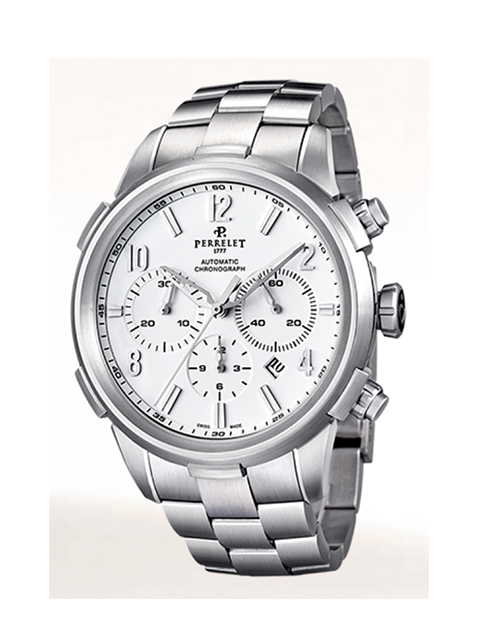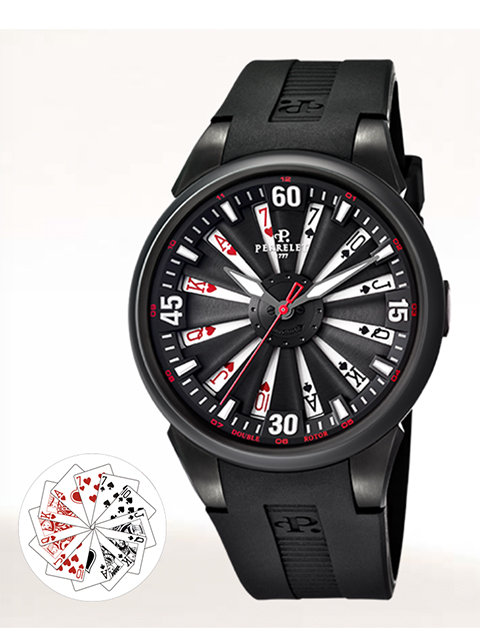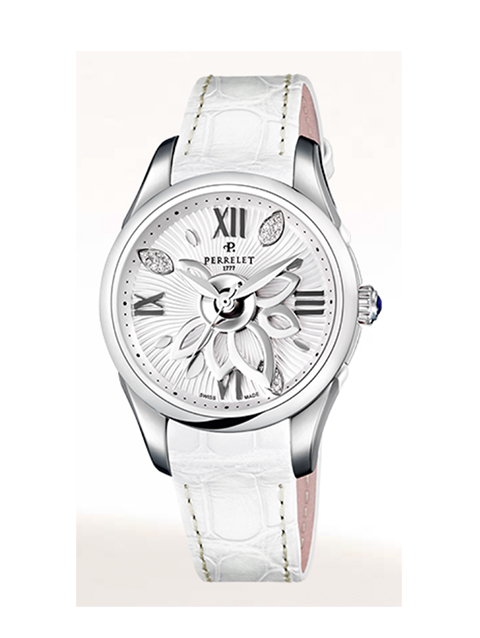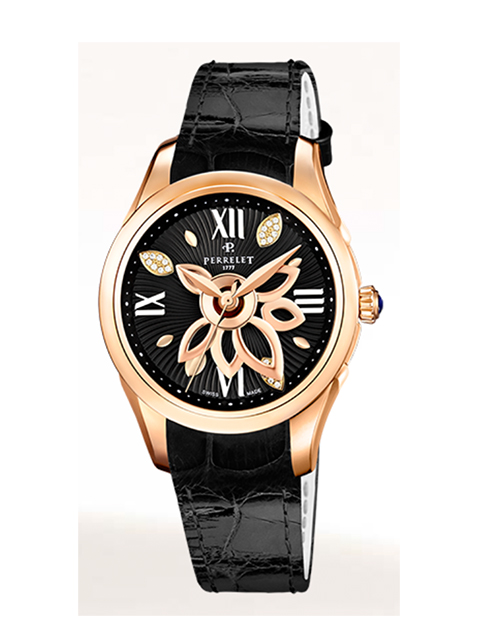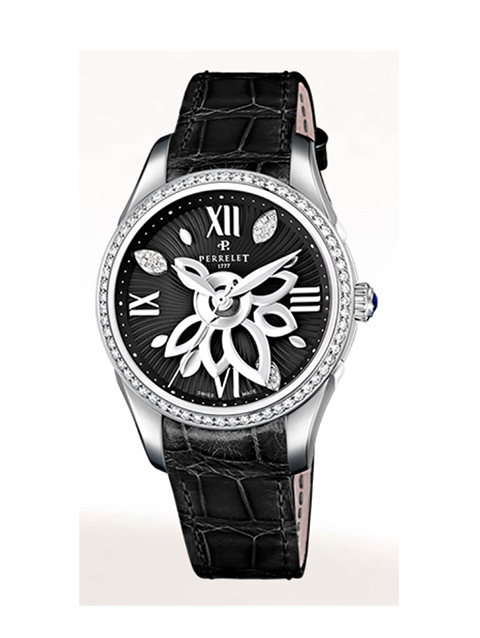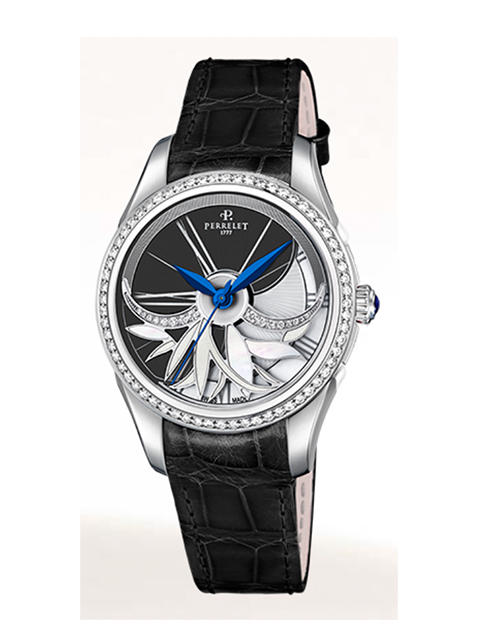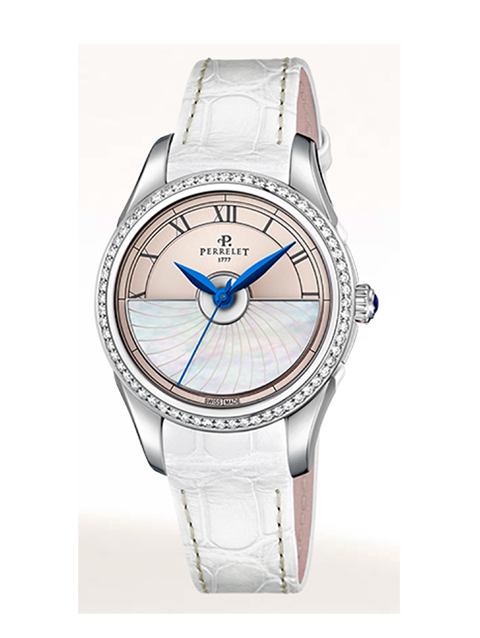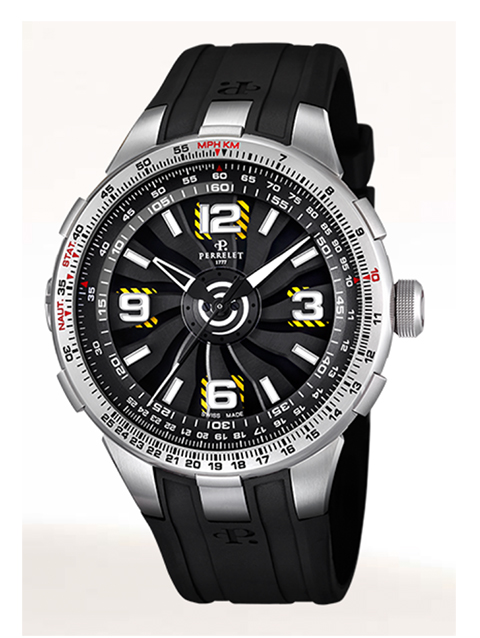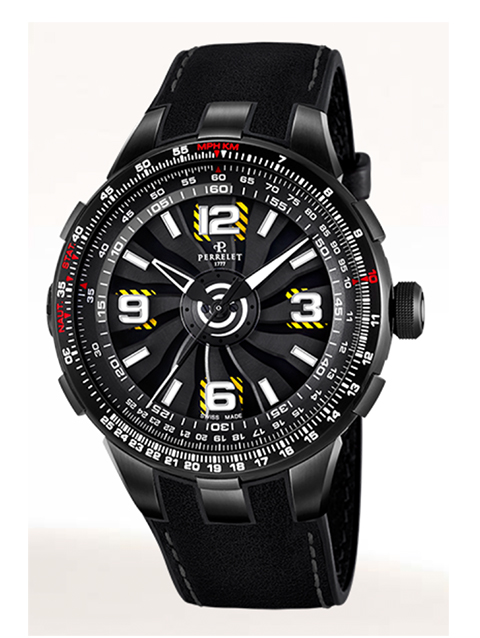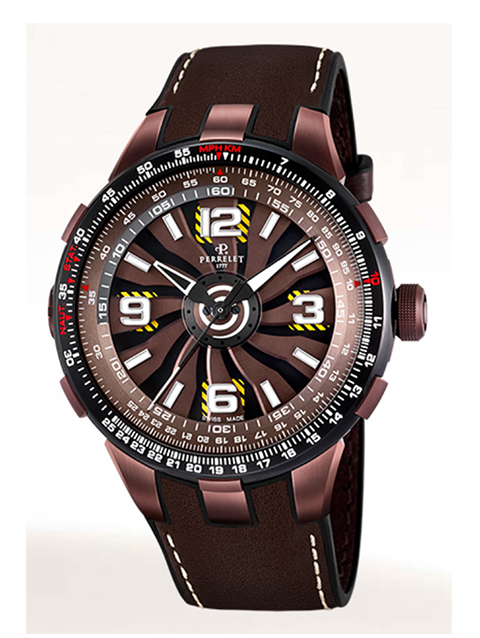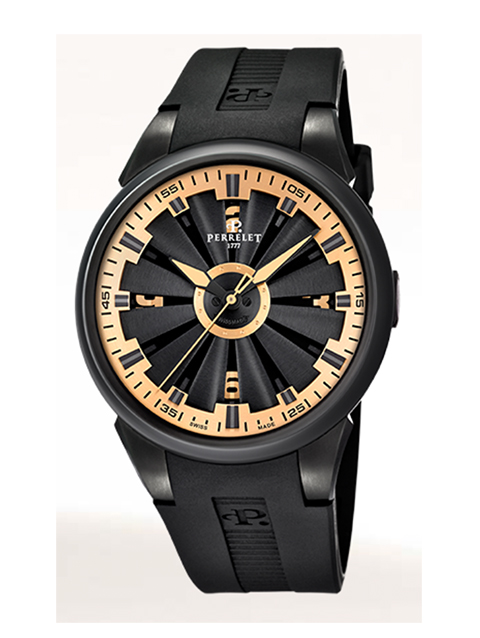Abraham-Louis Perrelet was born in the Le Locle region of Switzerland in 1729. As he was growing up, the young man became deeply interested in watchmaking and made a number of precision instruments.
In 1770, he concentrated on creating a system which would continue to function once set in motion. He thus marked out the route for development of the automatic movement – which he eventually completed in 1777.
His grandson Louis-Frédéric Perrelet was born in 1781 – and inherited the watchmaking genius of his grandfather. When he showed a very early talent for mechanics and mathematics, Abraham-Louis trained him before he left to study with Breguet.
Louis-Frédéric was a talented man, with a passionate interest in astronomy, physics and science; he soon became an independent watchmaker and presented his astronomical watch at the Universal Exposition of 1823. He was to become watchmaker-mechanic to three kings of France.
Over the next five years, Louis-Frédéric Perrelet produced and patented a split-second chronograph for physics and astronomy. This invention earned him a medal from the Academy of Sciences. More honors were to follow – in recognition of his talent and perseverance, he was made Knight of the Legion of Honor in 1834.
Louis, son of Louis-Frédéric Perrelet, took over on the death of his father in 1854 – and also became watchmaker to the kings of France.
The events of the second half of the century – followed by two World Wars in quick succession – inevitably halted Perrelet’s progress. It was to be another 160 years before the firm produced a new watch. Perrelet presented the double rotor in 1995. Ever since, it has been ploughing its own creative furrow, regularly presenting new models – in particular thanks to the Festina group, which bought out the Firm in 2004.
The collection of Perrelet is available at Jeweler Harry Tromp in Amsterdam.

